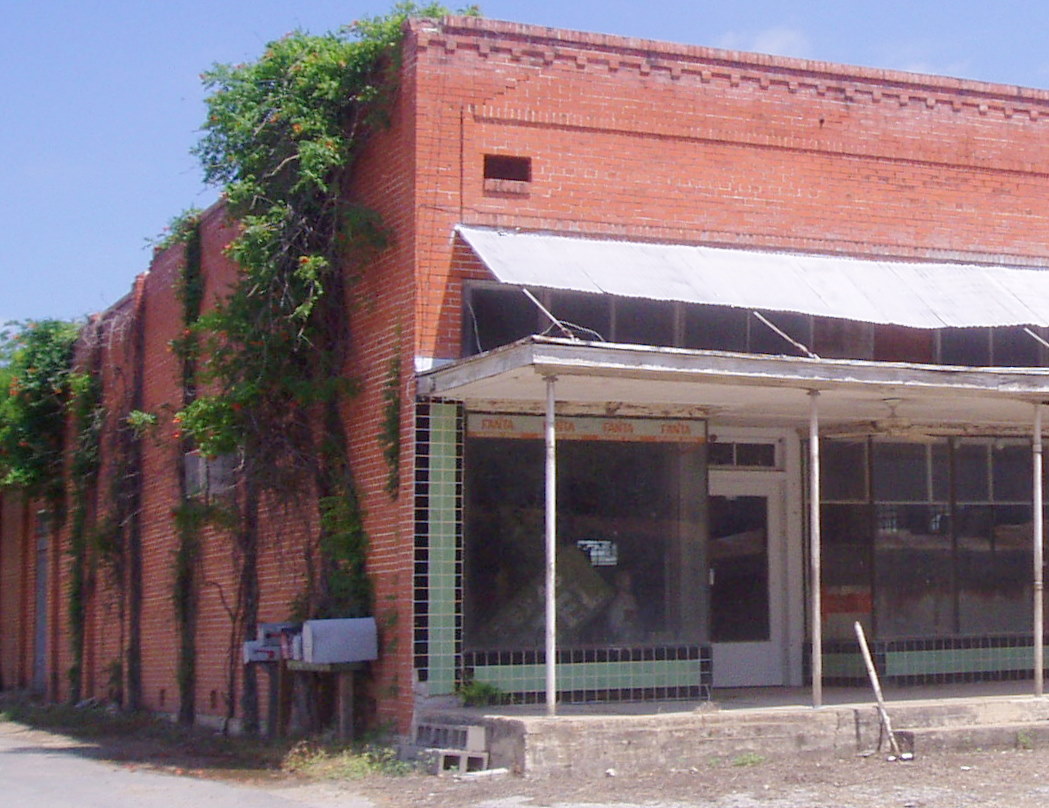|
Editorís note:
This information on Plum Creek Settlers was originally compiled for
presentation at the annual meeting of the Live Oak Cemetery Association
in July 1971. Although the authors feel much information remains
to be gathered, they offered to share their research with the Lockhart
Post Register and its readers. Uhland was given its present formal
name in either the late 1800ís or first 10 years of this century.
Previously known by its geographical location on the beginning of the
main branch of Plum Creek, it later became known by its present name
taken from the writings of a German poet.
Col. R. J. Sledge moved
to Kyle in 1875 and in a few years acquired about 5000 acres of virgin
land in the Plum Creek Valley. He planned to colonize them with
Germans from overseas and from various areas in Texas.
According to the Hays
County deed records, he sold 98 acres in 1881 for $10.00 an acre to
John Haberer who came from Germany by way of New Braunfels. This
was his first sale. Very soon thereafter, several other families
from the same locality purchased land; among them were Valentin Arnold,
Ludwig Wisian, Paul Plessen, and the Riedel Family. Frederick
Nickel first went to Elgin and then to Plum Creek. ----------------
village school teacher.
To return to the Baptist
project, it is possible to name other citizens who came as a result
of it. In 1885, Mr. and Mrs. J. A. Heidenreich came to Kyle with
10 children. The parents were from Germany, but had lived in Illinois
and Alabama before coming to Texas through the influence of Col. Sledge.
They were Baptists, and with the Wiegand and Sieberhausen families organized
what is today known as the Immanuel Baptist Church east of Kyle.
Other Baptists later came from Germany directly, like the Lengefelds
or from Greenvine, Texas, where a Baptist Church ad been established.
Among them were Henry and Herman Ahlhardt, Frank and William Marstaller,
and Henry Schmeltekopt. The latter named men married into the
Heidenreich family and so did Arthur Lengefeld.
In 1895 Henry Neimann
came directly from Germany. In the early 1900ís the Schnautz
and Neuse families moved from New Braunfels to this area, and the Julius
Hill family came from Ottine. Also, in the 1890ís August Knispel
and William Hofmann came to the Immanuel Church Community.
The Schuetzeberg, Duesterheft,
Luersen, Homann, and Henry Simon families are well-known members of
the Lutheran Church community, but information regarding the time of
their arrival to Plum Creek.
Colonel Sledge was
a Baptist and conceived the idea of sending a Baptist to contact possible
settlers of that faith for his project in Hays County. In 1883,
the Carl Wiegand and Christian Sieberhausen families came. The
following year, relatives, Mr. and Mrs. Magerstadt and later the George
Wiegand family, all Baptist arrived.
In 1884, Gottlieb Schiwitz
came to Uhland by way of Fischerís Store where he married Mary Haster.
In time the Schiwitz store established and has remained in that family
ever since.
The Carl Kramers and
William Heidemanns were friends before coming to Plum Creek in 1884.
They purchased adjoining pieces of land and several of their children
intermarried.
Altons Wranitzky came
from Austria. All of these last named settlers were Lutheran,
with exception of Paul Dressen who was a Catholic. In time a church
was established in the valley and Theofeld Hofheinz was the pastor as
well as the Creek has not been obtainable.
An interesting sidelight
is that Col. Sledge set aside an acreage for two elementary schools
and a cemetery. To each purchaser of land from him, he gave a
cemetery lot, hence a visit to the Live Oak Cemetery near Uhland today
will reveal gravestones bearing the names of most of these early settlers,
plus many of their descendants.
Source - Lockhart Post-Register, Lockhart, Texas, Page 6, November 29, 1972.
Mrs. Ben Wranitzky of Uhland and Miss Minnie Knispel of San Marcos.
|

